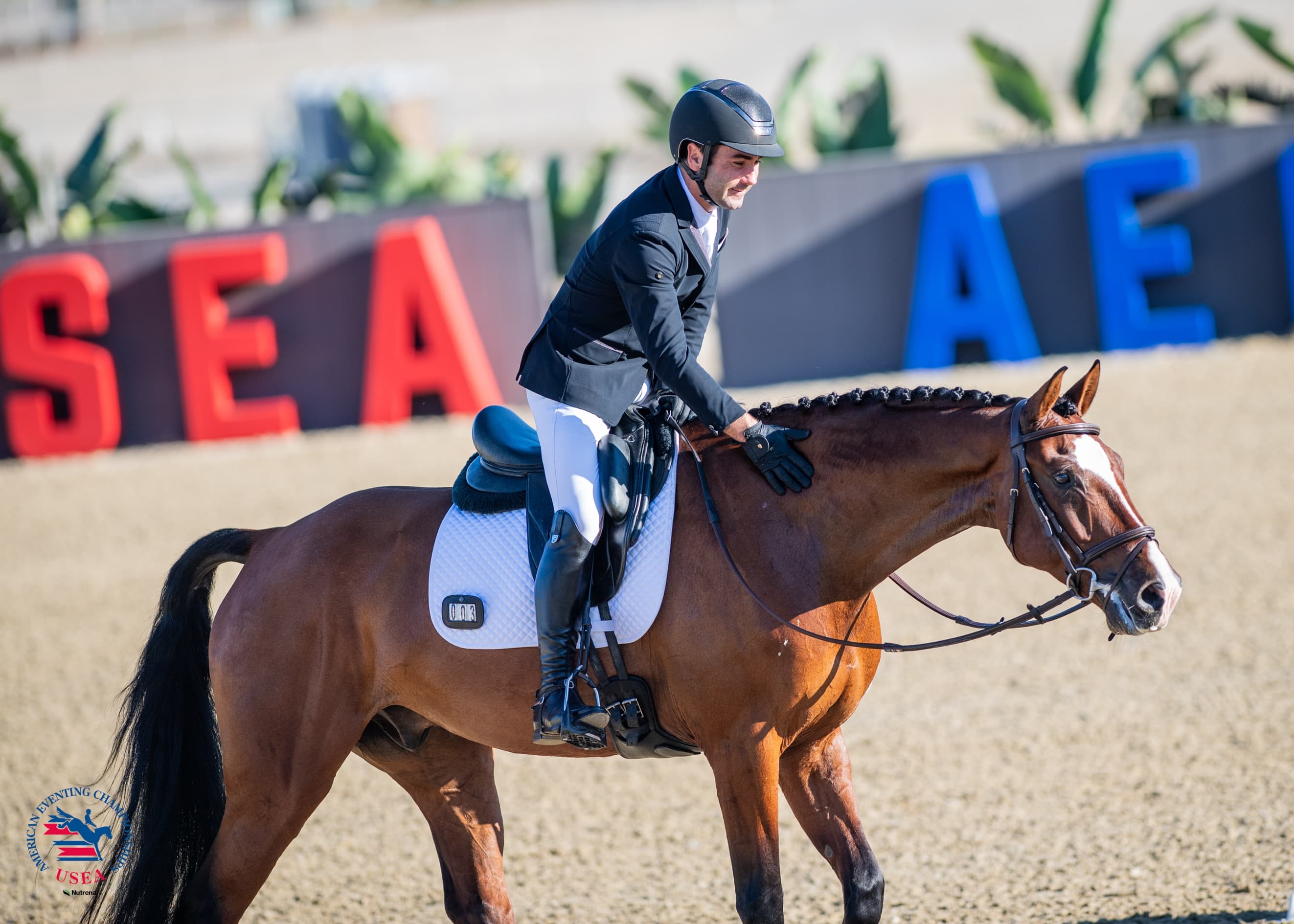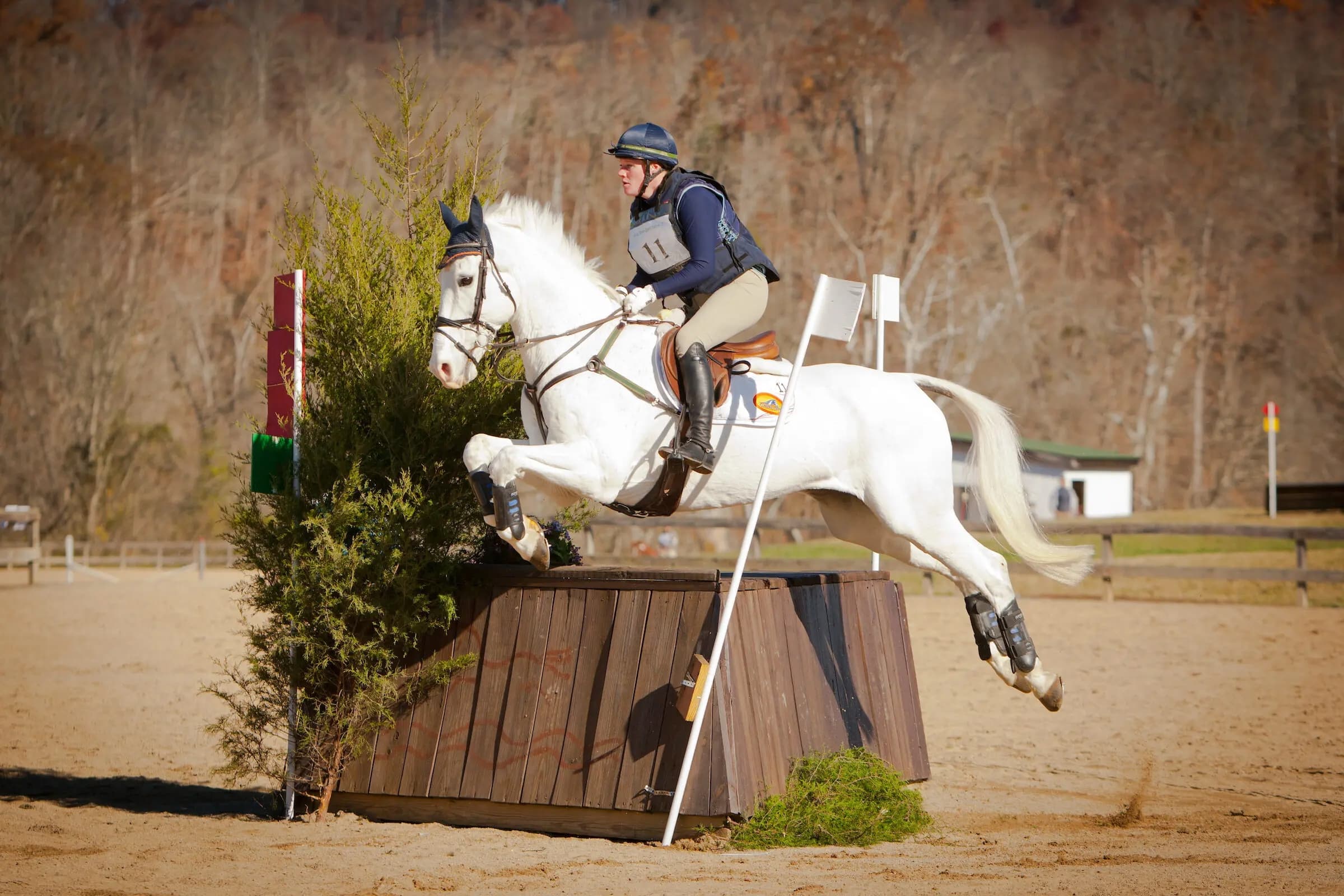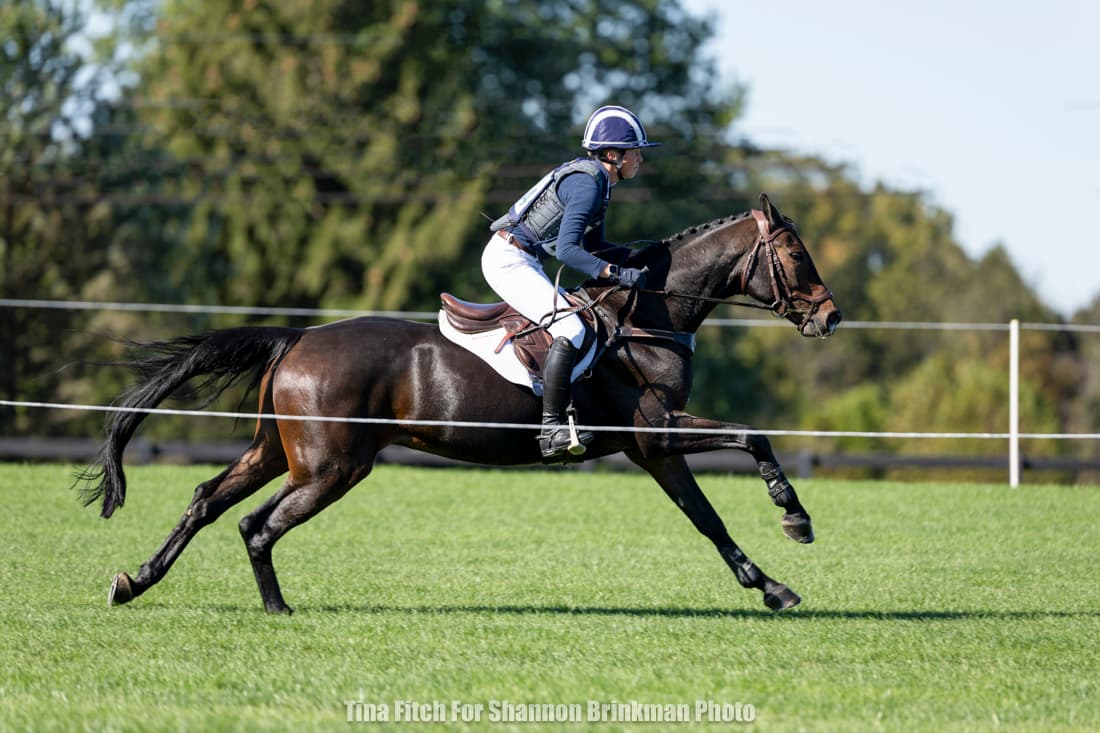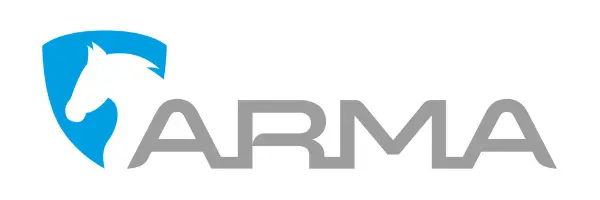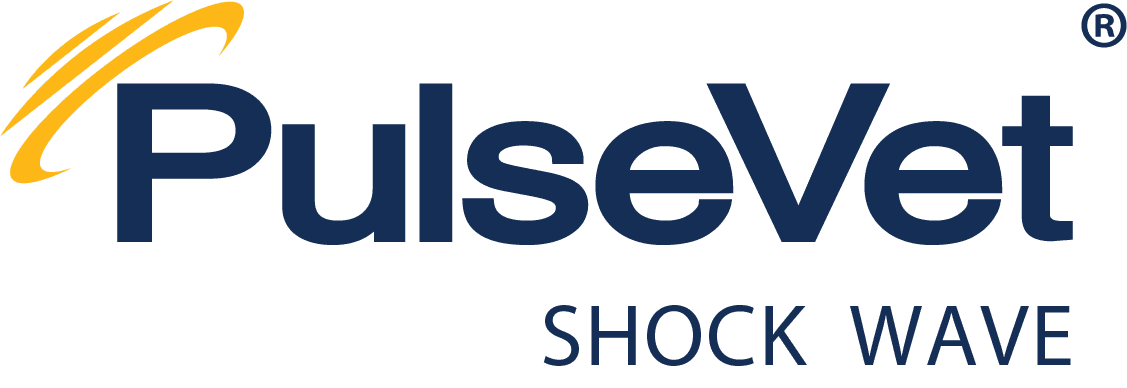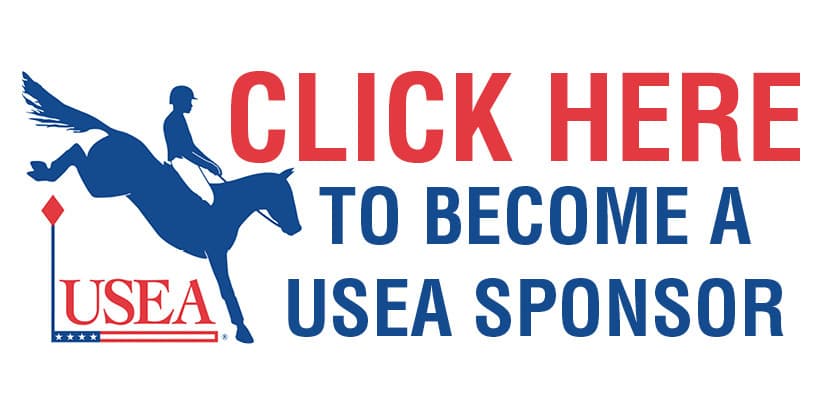Highlights from Friday's USEA Board of Governors' Meeting
As USEA President Kevin Baumgardner's term winds to a close this weekend, he took the opportunity at the opening of the meeting to address the legacy of the out-going USEA Board members, the success of the past year, and the promising path the Association is on for the future.
Baumgardner also mentioned the support of the membership. "Our starters have remained so strong in an economically challenging period. We're within range of historically high numbers," said Baumgardner.
"It's a sport that's moving forward," he added, mentioning the Galway Downs CCI3*, a historical event which took place for the first time this year. Baumgardner also wished to thank Janie Atkinson for her long-time contributions to the sport of eventing.
The Board also called for a moment of silence in honor of Colin Davidson, a top rider who was tragically killed in a car accident last week.
Baumgardner had been working closely with in-coming President Brian Sabo for the past several months, saying: "We're very very lucky to have Brian as President." After addressing the promising future with Sabo leading the Board, Baumgardner also shared his fond memories working closely with the seven outgoing members of the Board: Dorothy Crowell, Malcolm Hook, Sheila Strickler, JJ Johnson, Cindy DePorter, DC McBroom, and Jane Beshear. "This has been the greatest group I've ever worked with," he added.
Sabo also acknowledged Baumgardner's dedicated term to the USEA: "We all owe him a great debt of gratitude for bringing this organization ahead."
Finances
On an economic front, the association was in the black at the end of the year, and VP of Admin & Finance Mike Winter reported on the state of the USEA finances, which were looking promising. The USEA continues to have zero debt, and "are in a very strong position," added Winter. "We feel a lot more comfortable heading into next year, than we did last year." More details on the USEA finances and budget will be available in the upcoming issue of Eventing USA and also online.
On a comical note, DC McBroom and Diane Pitts presented Mike Winter with the "Chicken Little Award" for "helping to let us take action when the sky was actually falling," and helping keeping the USEA on a positive track during a turbulent economic time.
The Board has also voted to move the fiscal year from December 1 through November 30--currently it is October 1 through September 30. This eases the burden on the USEA staff who must always report both the numbers in the fiscal year as well as the numbers in the calendar year.
Board Nominations
Beth Lendrum, reporting in place of Roger Secrist (Chair of Nominating Committee), introduced the incoming Board members: Phyllis Dawson, Robert Kellerhouse, Lou Leslie, Brenda Mittleider, Janet Horton, Tremaine Cooper (at-large), Matt Fine (at-large), Peter Gray (at-large), Mark Hart (at-large), Sarah Broussard Kelly (at-large), Diane Pitts (at-large), Mary Schwentker (at-large), and Allison Springer (at-large).
Professional Horseman's Council
Co-Chair of the Professional Horseman's Council, Jon Holling also updated the Board on the PHC. Holling spoke about several topics including: the warm-up rule (which goes into effect immediately), educational horsemanship clinics at the CCI1* level, Charles Owen Technical Merit program, the helmet rule, the watch list, and the rider representative rule proposal. For more information on these topics, check out yesterday's re-cap of the PHC meeting.
Rule Change Proposals
Malcolm Hook, VP of Competitions, shared the rule proposals that are currently on the table. The Rule Change Open Forum took place later on Friday, but Hook gave a brief run-down of the proposals that would be discussed. Complete explanations of the rule proposals will be available online immediately following the Convention, as well as published in the USEA magazine:
* Horse/Rider definitions - The definitions of the Horse and Rider divisions will be changed.
* Rider Reps - The rule change would allow for more clarified requirements of the rider representatives at events, as well as opening up the door to more people who may serve in this role.
* Helmet rule - As mentioned earlier, this rule proposal, which would require all riders to use approved helmets at events, was met with little resistance from the Board members."We need to be models for people coming into the support," said Allison Springer.
Adult Riders
Cindy DePorter, co-chair of the Adult Riders Committee, shared that the Adult Rider programs across the country continue to thrive as one of the most active groups of the USEA. As one of the fastest growing, and most committed, constituents of the USEA, the Adult Riders often participate in the Chronicle of the Horse/USEA Adult Team Challenge events and other social gatherings.
Safety
VP of Safety, Carol Kozlowski, updated the Board on new safety initiatives, saying: "We're changing to a proactive approach on safety, rather than reactive, which is great."
* Fall survey - She shared the results of a new program which surveys riders who fell during competition, getting their feedback about the circumstances surrounding the falls. "We'd like to see how riders interpreted their falls, which could help us find out if there's something missing in course design or the move-up qualifiers," said Kozlowski. She also added that the fall survey included riders who fell at all levels of competition, and most took complete responsibility for their accidents. The committee plans to continue these surveys, in hopes of gathering more data, and reminded the Board that the surveys are anonymous and completely voluntary.
* Helmet rule - This rule would require all riders who are mounted to wear approved helmets on show grounds. "The sooner we get this off the ground, the better," said Kozlowski. There is a very strong chance that this rule will be enacted in the near future--and there has been very little to no resistance to this rule proposal at the Meeting so far.
* Updating the return-to-play policy - Jon Holling spoke about this new cognitive test in Thursday's PHC meeting, but Carol just expanded saying," The new policy would be outlined with more clarity, and would be forcing concussed riders to get medical clearance before returning to the playing field."
* Support of Studies - The Safety Committee is continuing its support of the development of frangible technology as well as the cardiovascular study.
Cardiovascular Study
The final presentation for the Board meeting was made by Dr. Mark Hart, who gave an update on the USEA cardiovascular study, which was created in 2008 to investigate causes of non-traumatic horse deaths and identify possible risk factors associated with these fatalities. Here are just a few of the points Dr.Hart discussed:
* From 1996-2008, there were 51 non-traumatic horse fatalities, with the average age of horse being 13.7
* The frequency of these deaths has risen over the past several years, especially since 2000
* 38 horses died on cross-country, while 5 died at the end of cross-country
* While many of these horses died from EIPH, ruptured aortas, or other injuries, there was a large percentage of the fatalities with no obvious cause of death.
With this data in mind, Dr. Hart and a dedicated volunteer group of veterinarians and doctors, launched the pilot study in 2008 to find out if there is a catastrophic arrhythmia that seems to be affecting event horses--a condition that would not show up in an autopsy.
* The first study took place at Plantation Field CIC2* and CIC3* in 2009 - read more about this experience here. They looked at echocardiograms & lung scans, both before and immediately after cross-country. Riders have been extremely helpful with this study, with nearly full participation.
* The group continued their study at Fair Hill & Red Hills Horse Trials.
* The group did a cardiac troponin study at Rolex this year, which detects cardiac injury and strain. Four out of 30 horses showed abnormal results.
The cardiovascular study will continue to perfect techniques on their ECG cross-country monitoring as well as expanding the cardiac troponin study. They also hope to determine how many horses have experienced pulmonary hemorrhage, as well as mandate autopsies on any horses who die during cross-country. One of the main goals would also be to involve the FEI or independently broaden the studies internationally, in order to share important information.

